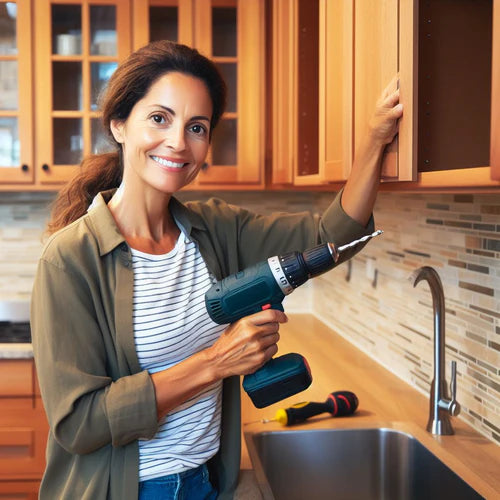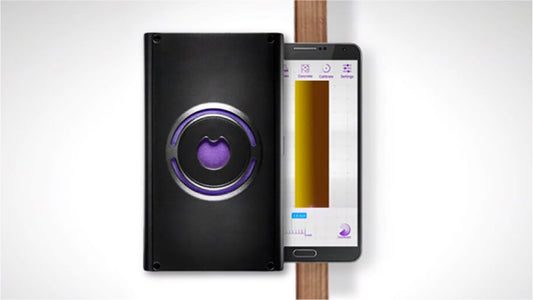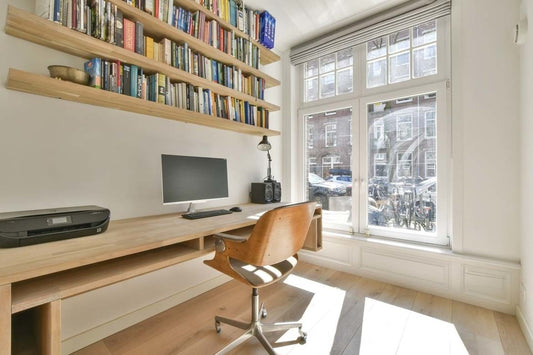Installing kitchen cabinets may seem like a daunting task, but with the right tools and a little know-how, you can transform your kitchen into a more functional and beautiful space. In this blog post, we will guide you through the process of installing kitchen cabinets on drywall, ensuring a sturdy and long-lasting result.

Why is it important to install kitchen cabinets correctly?
Properly installed kitchen cabinets not only enhance the overall look of your kitchen but also provide essential storage space for your cookware, utensils, and pantry items. A well-installed cabinet ensures that your kitchen remains organized and clutter-free, making your cooking and meal prep more efficient.
What tools do you need?
Before you begin, gather the following tools:
- Measuring tape
- Level
- Screwdriver
- Drill
- Stud finder
- Walabot DIY 2 (optional)
Follow these steps to ensure a successful installation:
1. Measure and plan
Start by measuring the dimensions of your kitchen and planning the layout of your cabinets. Take into consideration the height, width, and depth of the cabinets, as well as any appliances or fixtures that may affect their placement.
2. Locate the studs
Use a stud finder to locate the studs in the wall. Mark their positions with a pencil. It is crucial to anchor the cabinets securely to the studs for maximum stability.
3. Install a ledger board
To provide temporary support for the cabinets during installation, attach a ledger board to the wall along the marked stud positions. Make sure the board is level.
4. Hang the upper cabinets
Start with the upper cabinets. Remove the cabinet doors and hardware to make them lighter and easier to handle. With the help of a friend or family member, lift the cabinets onto the ledger board and secure them to the wall using screws.
5. Install the lower cabinets
Once the upper cabinets are in place, move on to the lower cabinets. Again, remove the doors and hardware before installation. Use shims to level the cabinets and ensure they are plumb. Secure them to the wall and to each other using screws.
6. Check for stability
After all the cabinets are installed, check for stability by gently pushing and pulling on them. Make any necessary adjustments to ensure they are securely attached to the wall and level.
7. Reattach doors and hardware
Once the cabinets are securely in place, reattach the doors and hardware. Take your time to align them properly and ensure they open and close smoothly.
The importance of getting it right
Installing kitchen cabinets on drywall requires precision and attention to detail. If not done correctly, the cabinets may not be stable, leading to potential damage and safety hazards. Additionally, a poorly installed cabinet can negatively impact the overall aesthetic of your kitchen.
One tool that can assist you in this process is the Walabot DIY 2. This innovative device uses advanced technology to detect studs, pipes, and wires behind the drywall, helping you avoid costly mistakes and ensuring a professional installation.
Remember, the cost of getting the job wrong can far outweigh the initial investment of time and effort. By following the steps outlined in this blog post and using the right tools, you can confidently install kitchen cabinets on drywall and create the kitchen of your dreams.




